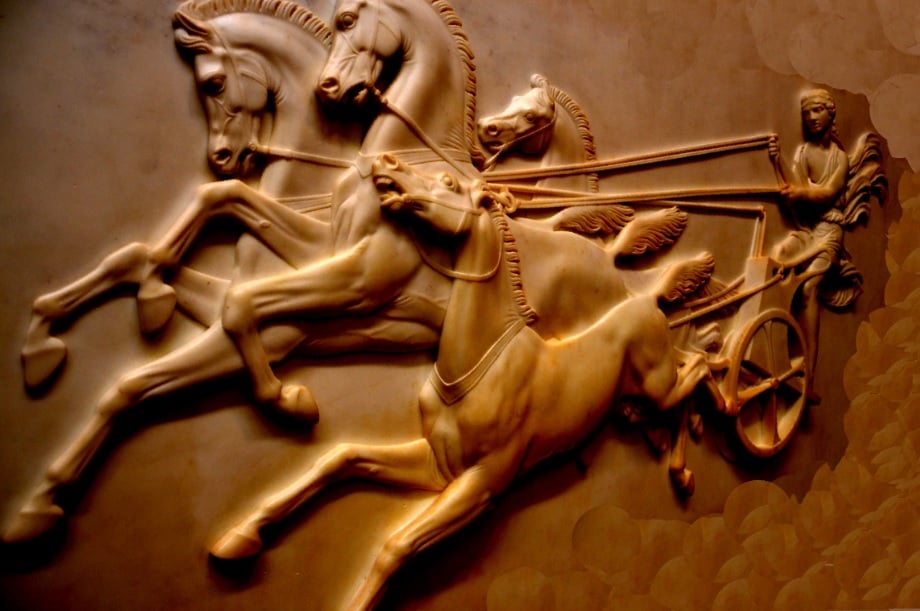
A new art and science exhibition entitled “Horse: The Horse in Ancient Athens” will open on January 20 at the American School of Classical Studies.
The exhibition will explore both relics and artifacts of horses from ancient Greece– including a preserved horse skeleton — and the status of the horse as a symbol and source of inspiration in ancient art and culture.
The ASCSA said in a statement that the exhibition is meant not only for experts and art loves, but for the general public as well, and seeks to articulate the wide range of meanings the horse held for ancient Athens.
“An exciting new art and science exhibition will be held in the School’s Makriyannis Wing from January 20th to the end of April. Entitled “Hippos: The Horse in Ancient Athens” this exhibition foregrounds the important role of science for our understanding of the past.
A well-preserved ancient horse skeleton from the Phaleron cemetery will be displayed for the first time. Studied by Malcolm H. Wiener Laboratory associate, Dr. Flint Dibble, it will be featured along with its archaeological context and zoological data. This exhibit will highlight the American School’s unique collaboration with the Ephorate of Piraeus and Islands for the conservation and study of the osteological material from the Phaleron cemetery.”
“Horse: The Horse in Ancient Athens” delves into the ancient significance of a complex animal
The ASCSA explained that horses, while being an integral part of the daily reality of Athenians, were also a popular motif across their art forms, appearing in media as diverse as marble reliefs, ceramic vases, and silver coins.
“Horses were depicted in all forms of ancient Greek art and the exhibit will display a variety of antiquities from Greece and abroad, such as marble reliefs, ceramic vases, and silver coins, ranging from the Protogeometric (1050-900 BC) to the Hellenistic period (330-30 BC). These works of art, especially Attic painted vases, illustrate the ancient Athenians’ obsession with horse breeding and racing.
“The excavations at the Athenian Agora have produced much evidence for the organization and important role of the Athenian equestrian corps, the hippeis, in the form of inscriptions, tokens, and cavalry monuments. One of the highlights of the exhibit, displayed for the first time in Greece, is the loan from the Florence Archaeological Museum of the life-size Hellenistic bronze horse head which once belonged to Lorenzo (Medici) the Magnificent.”
The exhibition will include ancillary programs including weekly tours for students held by the ASCSA’s Steinmetz Family Foundation Museum Fellow Eleni Gizas. The exhibition will also feature wall texts specially written for children as well as a children’s book written by the ASCSA’s director, Professor Jenifer Neils.
See all the latest news from Greece and the world at Greekreporter.com. Contact our newsroom to report an update or send your story, photos and videos. Follow GR on Google News and subscribe here to our daily email!



